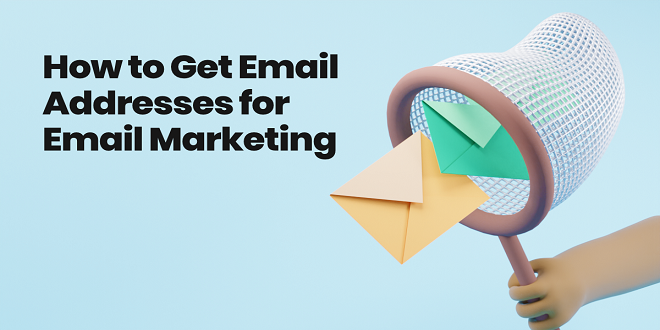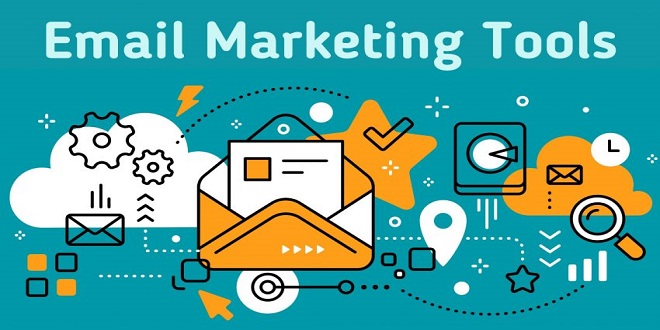Introduction
At its core, e-mail marketing is a tool for customer relationship management (CRM). Used effectively, this extension of permission-based marketing can deliver one of the highest returns on investment (ROI) of any emarketing activity. Simply put, e-mail marketing is a form of direct marketing that utilizes electronic means to deliver commercial messages to an audience. It is one of the oldest and yet still one of the most powerful of all marketing tactics. The power comes from the fact that it is the following:
- Extremely cost effective due to a low cost per contact
- Highly targeted
- Customizable on a mass scale
- Completely measurable
Furthermore, e-mail marketing’s main strength is that it takes advantage of a customer’s most prolific touch point with the Internet: their in-box. E-mail marketing is a tool for building relationships with both existing and potential customers. It should maximize the retention and value of these customers, which should ultimately lead to greater profitability.
E-mail is probably ubiquitous to you, but there was a time when there was no e-mail! E-mail actually predates the Internet and was first used way back in 1961 as a way for users of the same computer to leave messages for each other. Ray Tomlinson is credited with creating the first network e-mail application in 1971. He initiated the use of the “@” sign and the address structure that we use today (username hostname).[1] E-mail was used to send messages to computers on the same network and is still used for this purpose today.
How It Works
If you consider marketing as communicating with current and potential customers, you will see that every e-mail that is sent from your organization should be considered as part of your holistic e-mail marketing strategy. Does that sound a little complicated? Consider an online retailer, http://www.zappos.com. Zappos is an online shoe retailer. What are the ways that, as a customer, you might receive e-mails from Zappos? • Transactional e-mails. When you place an order, there will be a number of e-mails that you receive, from confirmation of your order to notice of shipping. Should you need to return an item, you will no doubt communicate with Zappos via e-mail. • Newsletters. These are e-mails that are sent to provide information and keep customers informed. They do not necessarily carry an overt promotion but instead ensure that a customer is in regular contact with the brand. These build relationships and foster trust between customers and their chosen brands. • Promotional e-mails. Should Zappos have a summer sale, they will send an e-mail relating directly to that promotion. The following are examples of other e-mails sent by Zappos:
Promotional e-mails. These are more direct and are geared at enticing the user to take an immediate action. They always feature a call to action and are designed around a specific goal. 2. Retention-based e-mails. Also referred to as newsletters, these may include promotional messages but should be focused on providing information of value to the user, geared at building a long-term relationship with the user.
Nine Steps to Executing an E-mail Campaign
The nine steps are as follows and will be addressed in the following subsections:
- Strategic planning
- Definition of list
- Creative execution
- Integration of campaign with other channels
- Personalization of the message 6. Deployment
- Interaction handling 8. Generation of reports
- Analysis of results
Last word
Running a successful e-mail campaign requires that a business has a genuine opt-in database. This database, the list of subscribers who have agreed to allow a company to send them e-mails with marketing messages, is the most valuable asset of an e-mail campaign. Permission must be explicitly given by all people to whom e-mails are sent. Companies that abuse this can put their reputation in jeopardy, and in some countries, legal action can be taken against companies that send unsolicited bulk e-mail—spam. Growing this database, while keeping it targeted, is a key factor in any e-mail campaign. The database needs only one entry—the prospect’s e-mail—but the following should also be considered:
Magazines generate revenue through various advertising revenue models and subscription models. Publishers rely on advertising to sustain their business, as ads provide a significant portion of the revenue. By partnering with advertisers, magazines create opportunities for them to showcase their products or services to the target audience. These strategic partnerships enable advertisers to reach a larger customer base and increase brand visibility.
 Thefashion2day Popular Fashion News Website
Thefashion2day Popular Fashion News Website




